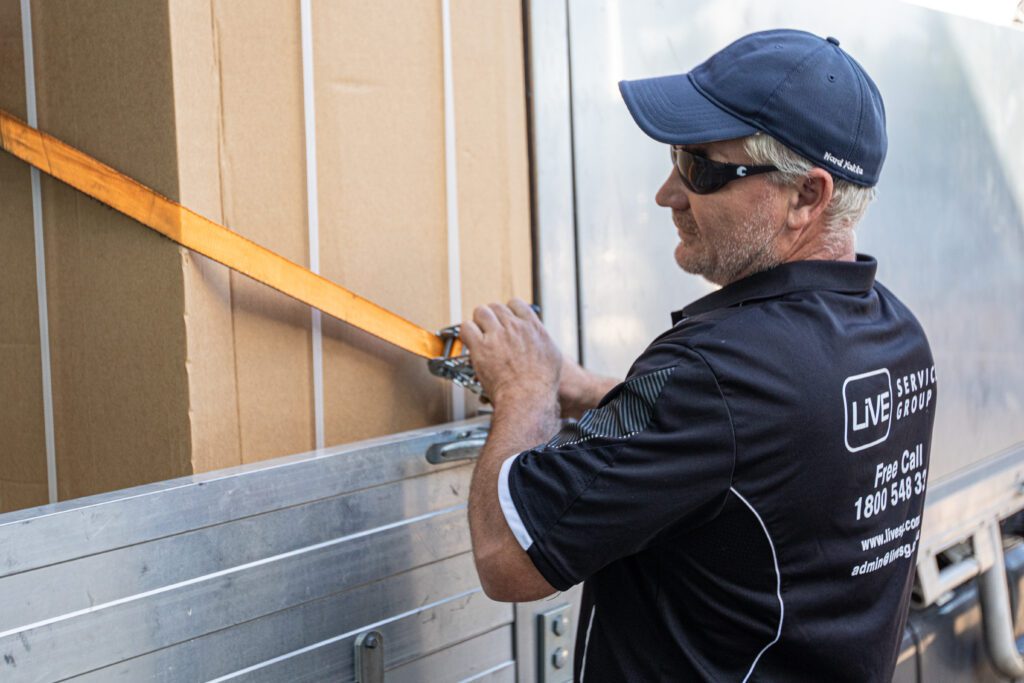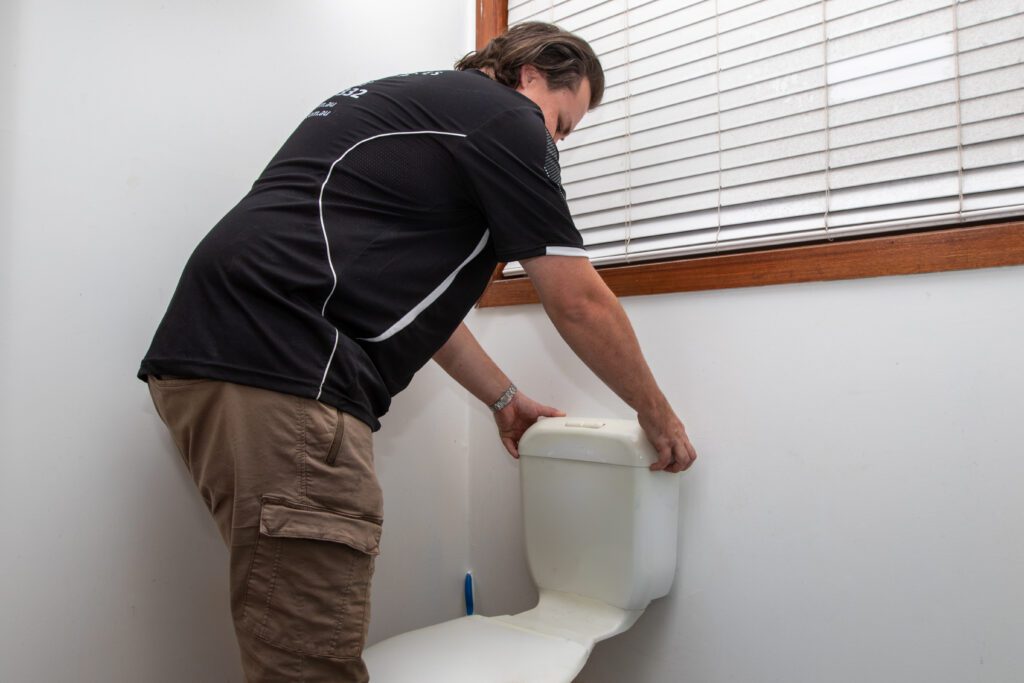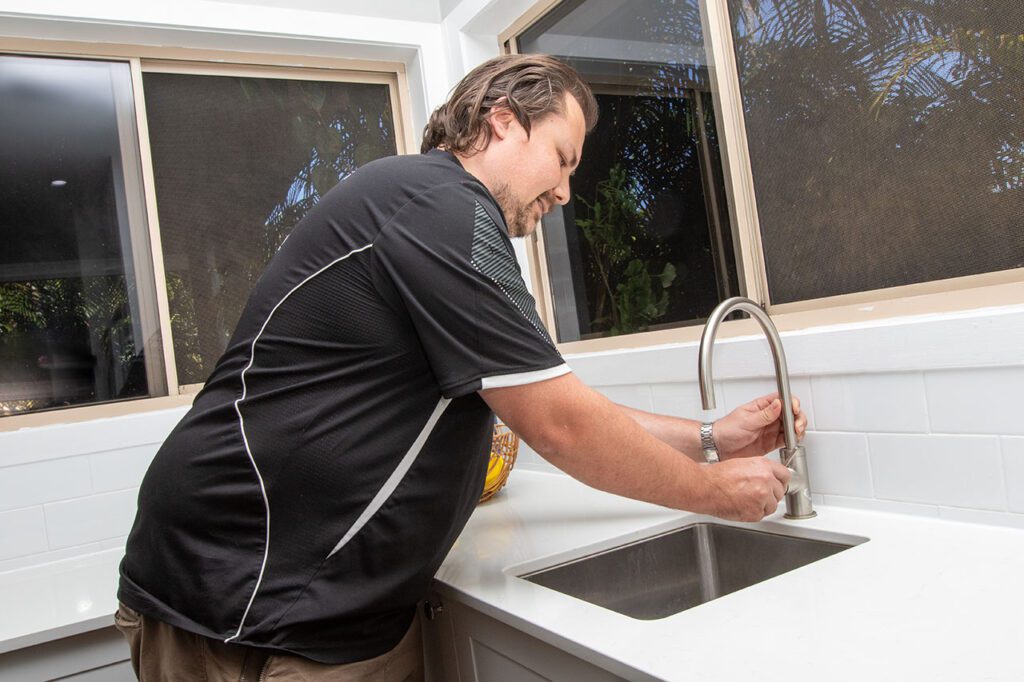The average water bill in Brisbane is an important factor for citizens to consider when planning their budget. The financial impact of this cost can be substantial, and understanding how it compares with other cities can inform decisions about where to live or work.
This article will explore the average water bill in Brisbane and provide insight into how it stacks up against other Australia cities. Through analysis of data from various sources, such as utility companies and government bodies, this research seeks to identify trends in average water bills across different regions of Brisbane.
It will also analyze the factors that may affect these prices, including population growth and seasonal fluctuations in demand. Understanding the context behind these costs will help create a better picture of the economic reality faced by residents living in Brisbane.
What’s The Typical Water Bill Cost?
Water bills in Brisbane can vary depending on the usage and size of your household.
The average quarterly water bill across Brisbane is $300, which is higher than NSW, VIC & WA.
This includes a bulk water charge, access charges for both sewerage and water, as well as a usage charge that varies according to how much water you use.
Your bill will also show an overview of your city’s daily average residential water usage.
It’s important to note that households with larger numbers of people tend to have higher average costs per person due to their increased consumption.
As such, understanding how your household size impacts your average cost may be beneficial when budgeting accordingly.

How Your Household Size Impacts Your Average Water Bill?
In this modern world, saving water has become a necessity. The increasing population in urban areas and the lack of proper infrastructure have resulted in sky-high water bills.
To understand how your household size affects your average water bill, we must first look at some key factors; these include household size, amount of water consumed, state bulk water charge, water usage charge, as well as any concessions or rebates offered by certain utilities companies for using their services.
Water consumption is an important factor when determining average water bills across households of different sizes. For instance, larger households are likely to consume more than smaller ones due to having more people living under one roof.
In addition, each Australian state sets its own charges for bulk water use; however there may be additional costs imposed on top of that depending on the municipality you live in. Some cities also offer various forms of financial assistance such as discounts or Water Efficiency Labels (WELs) which can help lower your overall bill if you qualify for them.
Finally, it’s worth noting that plumbing problems could potentially drive up your monthly expenditure significantly if not addressed promptly and correctly. A plumber’s fees should be factored into the equation when looking at ways to reduce your utility expenses over time – from fixing leaky faucets to installing low flow showerheads – no stone should be left unturned in pursuing savings opportunities!
What Is The Average Water Bill By State In Australia?
The average quarterly water bill across Australia varies by state. According to Canstar Blue research in May 2020, the average water bills for Western Australia and New South Wales were $221 and $268 respectively, while Victoria and Queensland had higher bills at $312 and $323 per quarter. Tasmania recorded an average of $365 per quarter.
In Queensland, urban households are charged a bulk water rate which is based on the amount of kilolitres (KL) used each quarter. The state government requires all meters to be read every 3 months to calculate the exact cost of their water charges.
A typical household in Brisbane uses up to 25 KL per quarter, with some paying as low as 18 KL or more than 40 KL depending on usage levels. This data shows that the majority of households pay around $323 per quarter for their water supply services.
Water bills can also vary according to individual circumstances such as whether you have a pool, garden or other special plumbing fixtures installed on your property. It’s important for consumers to compare prices from different providers and take advantage of any discounts or deals available before signing up for service so they can make sure they receive the best value for their money.

What Is The Average Water Bill In Brisbane?
The average water bill in Brisbane is determined by the Brisbane City Council and is based on a number of factors, including water usage and access charges.
On average, residents can expect to pay around $300 per quarter for their water supply. This figure takes into account both the cost of water as well as other associated charges such as sewerage, meter costs and state government bulk water fees.
Residents looking to reduce their quarterly bills can take steps such as checking for any unaccounted consumption or leaks, reducing usage during peak periods where possible, considering alternative options such as installing rainwater tanks or greywater systems and comparing plans offered by different suppliers.
Additionally, it is important to ensure that payments are made on time so late payment penalties don’t apply.
It is also recommended that homeowners periodically check their meters against estimated bills from their supplier to make sure they have been charged correctly according to actual consumption levels.
With proper research and planning, households can significantly reduce their overall water expenditure without compromising on quality.
How To Reduce Your Water Bill?
Water bills can be a huge burden if not managed correctly. In Brisbane, the average cost of quarterly water bills is subject to several factors such as how much water you use and your income household.
According to research, households in higher-income brackets tend to have the highest average quarterly water bills across all categories due to their increased usage habits. On the contrary, lower income households do pay significantly less than those with higher incomes; however, they are still required to cover basic charges for essential services like sewage and drainage systems.
When it comes to reducing your water bill, there are certain steps you can take that will help decrease costs over time. Some simple measures include switching off taps when brushing teeth or shaving, taking shorter showers, investing in more efficient appliances and ensuring any leaks are fixed immediately. Additionally, refraining from hand washing dishes and allowing your lawns to grow wild during periods of drought can also lead to substantial savings on water bills.
Ultimately, understanding your own individual circumstances and implementing smarter strategies around water usage will allow you to reduce costs associated with one of life’s most important resources – something we should all strive towards doing in order preserve our environment for future generations.
With this knowledge in mind, let’s explore who is responsible when it comes to paying these ever-increasing water bills: landlords or tenants?

Water Bill Responsibility: Landlord Or Tenant – Who Pays What?
Water bills tend to vary from one household to another, depending on how much water is used.
A landlord’s responsibility for the cost of a tenant’s water use depends on whether the rental premises are individually metered or delivered by vehicle and if the tenancy agreement states that the tenant must pay their own water consumption charges.
Research by Canstar Blue has shown that in Brisbane, households typically spend around $1,500 annually on water utilities with an average monthly bill of approximately $124.
Water costs can be affected by several factors such as any leaks from pipes or toilets, changes to pricing due to 1 October 2021 being Water Price Changes day, or even changes in your household income impacting the cost of living.
It is important to consider these variables when estimating what you may have to pay for your next water bill. Consumers should also compare various providers before choosing which plan best suits them and their needs.
When it comes to understanding who pays what regarding water bills between landlords and tenants, it is always beneficial to understand all of the pertinent details specific to each situation.
In some cases, landlords will charge tenants for their usage while other times they may include utilities under rent payments; thus making it vital for both parties involved to know exactly where they stand financially with regards to responsibilities associated with water fees.




